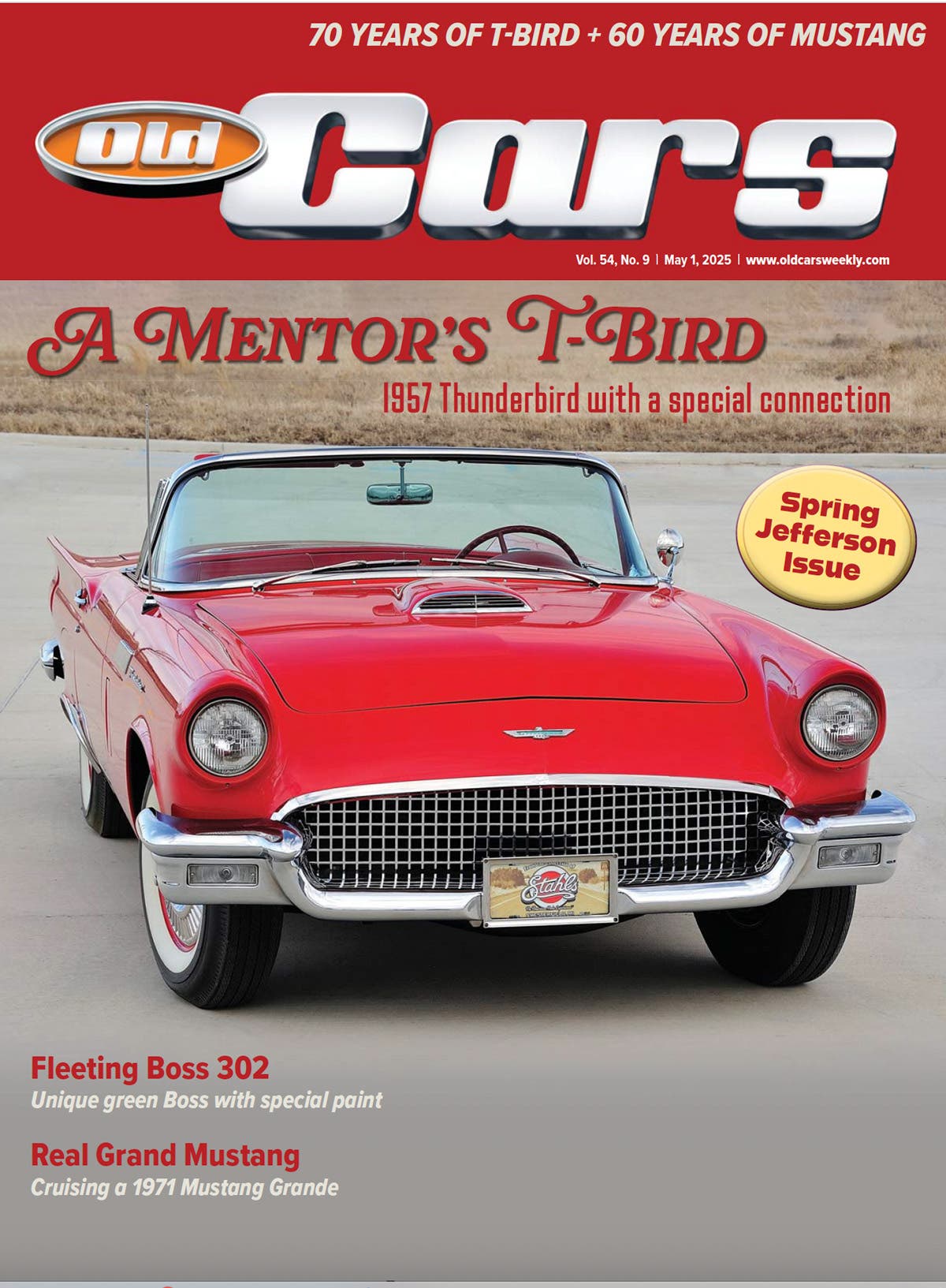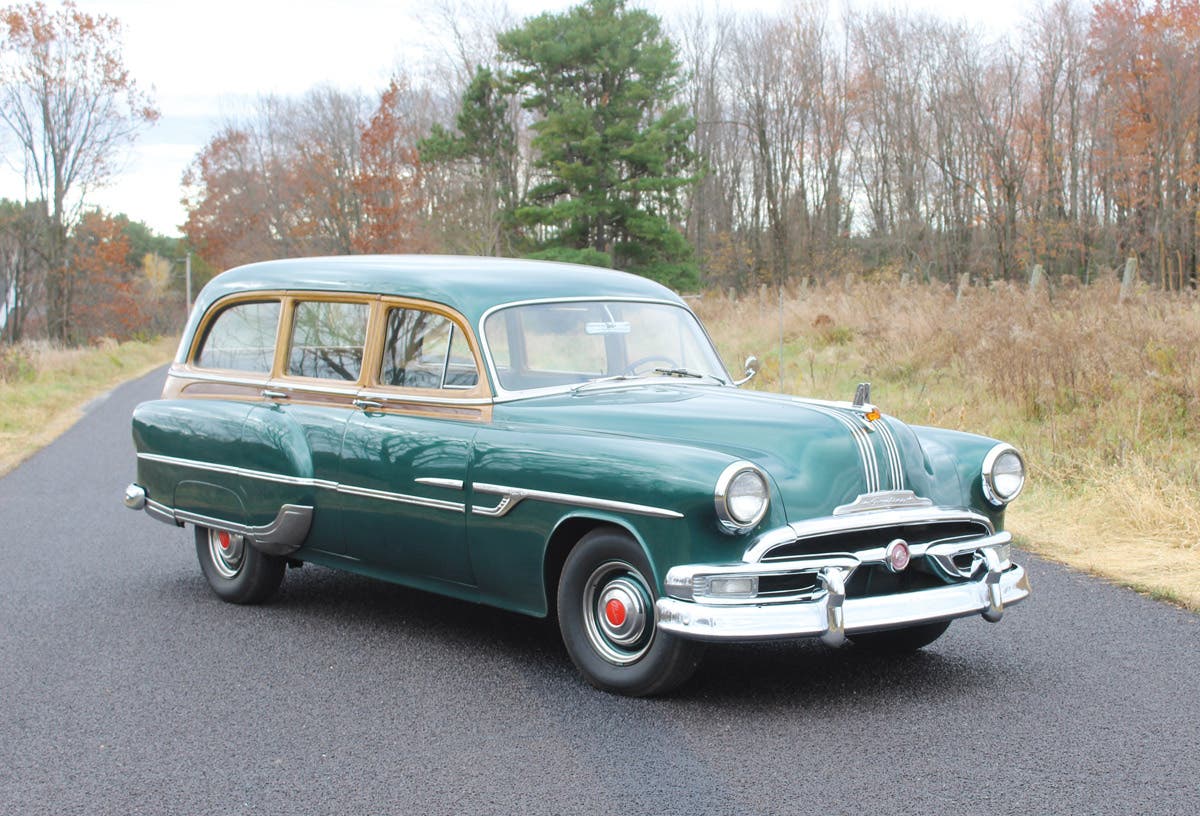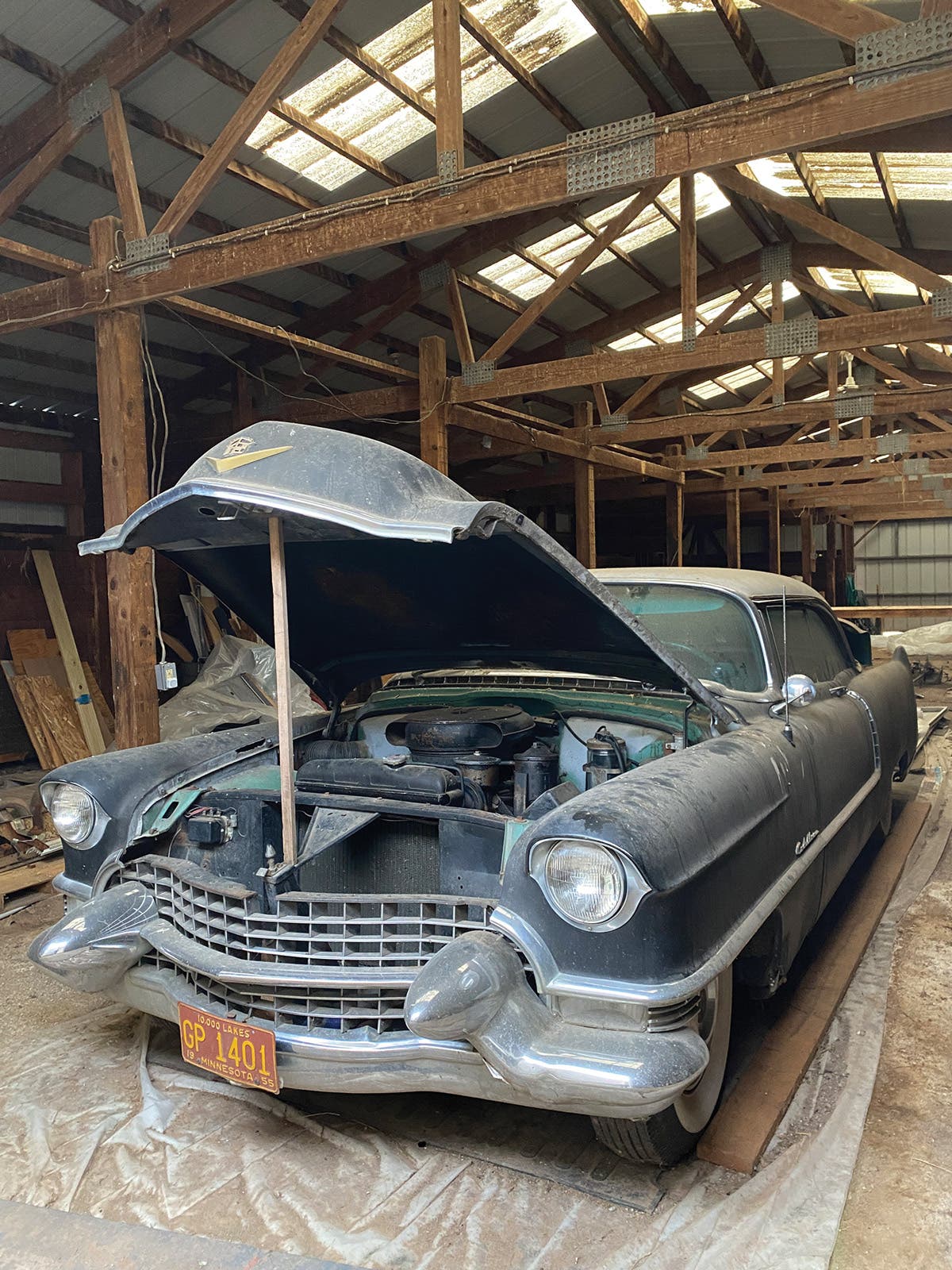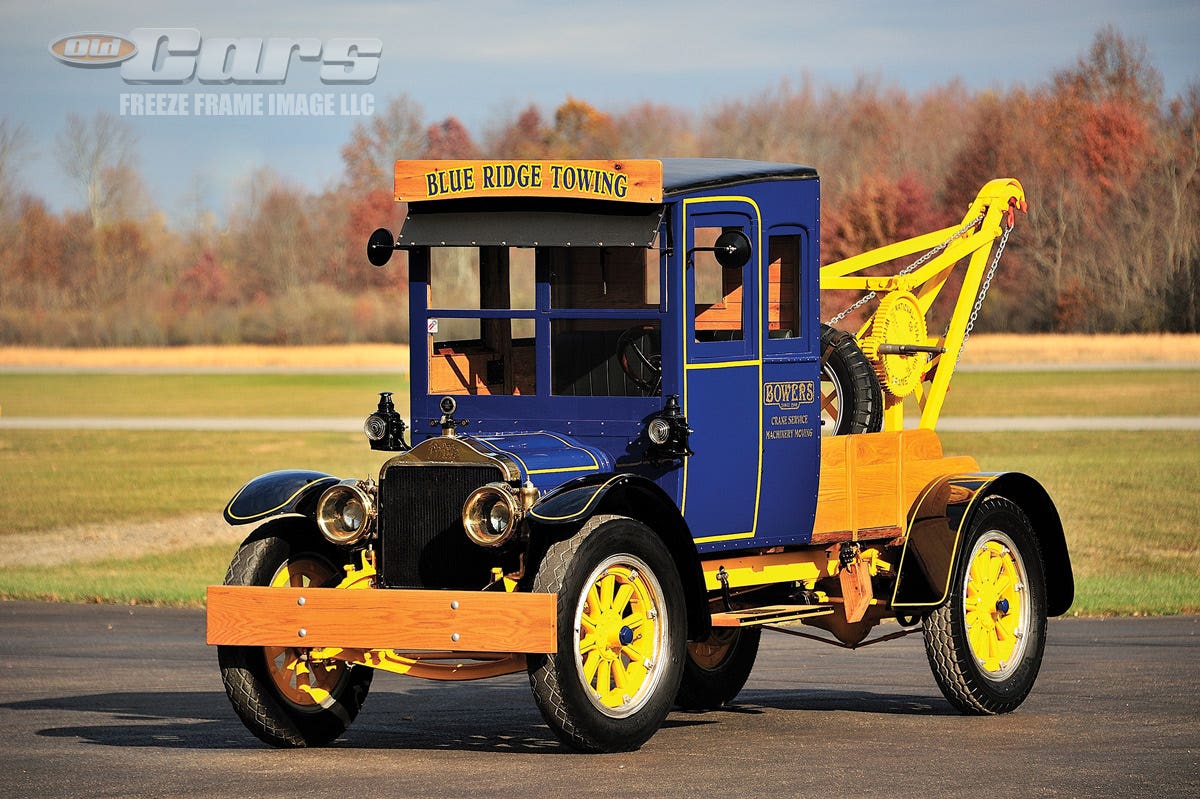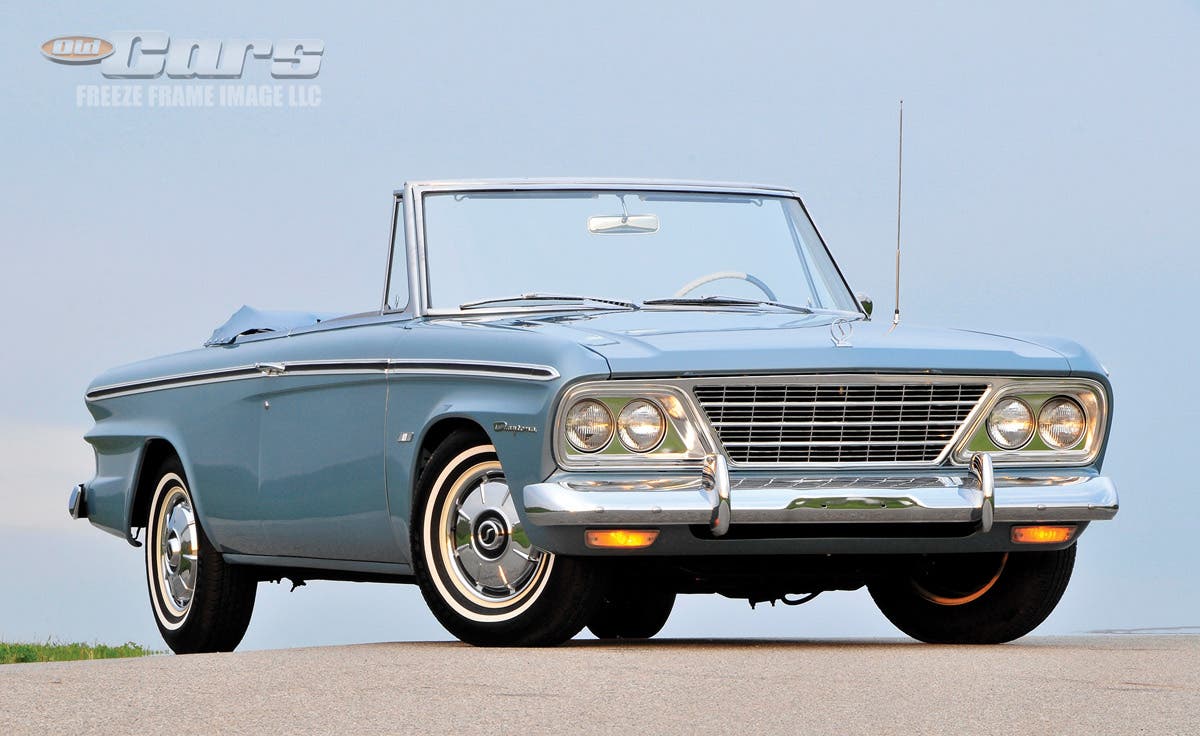In the summer of 1949, a group of teenage boys climbed the trees along the backstretch wall of Greenville-Pickens Speedway south of Spartanburg, S.C., to take in the weekly dirt track races. One day, when watching the cars fly by, the boys were caught off-guard by an elderly property owner who showed up to collect 25 cents from each of them — the price, he determined, for allowing the boys a tree-top view above the backstretch wall. Each boy dug deep into his pocket and handed over a quarter. From that day on, the man would show up before the race to collect a quarter from each boy.
As the boys huddled together, rooting for their favorite race car and driver, young David dreamed of someday getting behind the wheel of a race car of his own and taking it to victory lane. He idealized Cotton Owens and his No. 70 car. As the race progressed with each lap, David locked into Owens’ No. 70 car while studying the driving style, technique and expertise of its driver. During one of the races, David thought to himself, “That’s what I want to do — I’m going to be a race car driver.”
Recalling those early races 70 years later, David said, “Cotton was the best in Spartanburg.”
In 1954, just five years after he first peeked over the backstretch wall, David won his first racing event at the Greenville-Pickens Speedway driving a 1937 Ford. He was 19 years old. Of those boys who perched along the backstretch wall each week, David was the one who took to racing in a special way. Once he caught the racing bug, nothing stood in his way of getting behind the wheel of a race car and winning.
In 1952 and ’53, David began acquainting himself with a race car by learning its strengths and weaknesses. But most importantly, he started to develop a driving style of his own, then polished his craft while inventing a winning formula. Once he developed the skill set, confidence and attitude to succeed, he never looked back.
“The race car never knew who was driving it. I always felt I could beat anyone in an equal car,” David once said.
David developed a real understanding of a race car and how things went together during his middle and high school years. His older brother, Bill, owned a body shop in the town of Greer, S.C., and David would spend his free time learning the fundamentals of body construction and paint application. He also loved to tinker with things, seeing how they came apart and went back together in order to operate.
David’s youngest son Eddie said his father once told him about how he had rebuilt an old Ford flathead V-8 engine under his parents’ home in Whitney, S.C. The family dwelling did not have a conventional basement and his workshop was nothing more than a crawl space. He continued to enjoy working on race cars, taking the engines apart and finding new ways to make them go faster.
That set of skills built the David of our story into a legend. That David is none other than David Pearson. Yes, that David Pearson, the famous race car driver and NASCAR Hall of Famer who passed away in November 2018. Here’s the story of the man himself, told with the help of longtime friend Larry Martin and David’s youngest son, Eddie, and the story of the 1937 Ford that bridges the David Pearson legacy of today with yesterday.
Defeat inspires a new old race car
In 2002, David Pearson was driving a race car for team owner JB Day during the seasonal championship race at the Greenville-Pickens Speedway near his hometown of Spartanburg. Toward the end of the race, David was running side by side with a race car driven by Chuck Piazza when contact was made. The David Pearson-driven race car caromed into the sidewall and became knocked out of the race. In fact, the impact caused David to injure his wrist from jamming it into the steering wheel. The EMS crew wanted to take him to the hospital, but David wouldn’t have any part of it. He left the track that day in pain, determined to not let defeat happen again.
A few days later, David showed up at the old Pearson race shop now used by longtime friend Larry Martin. There, the two started talking about David’s recent race, the crash, and how the car just didn’t have the makings to win. He looked at his friend and said, “I’m going to build my own race car — no more finishing second. It’s going to be built to win.” Larry looked at David and asked, “You going to let me build the roll cage?” to which David replied, “No, you’re going to help me build the car and we’re going to get started on it right away.”
Larry and David had met nearly 30 years back, in the mid ’60s, when Larry was a junior in high school and David was driving for Cotton Owens. They met at the Owens garage when Larry’s brother had taken him there for an interview with David. (Larry’s older brother worked as a camera man for the local TV station.)
After filming concluded, a curious Larry asked David, “How did you know how to run the race cars in the corners?” David replied, “It was instinct.” Larry left the Owens racing garage amazed at how nice David had been to him and how David had treated him like a friend even though they had just met.
From that day on, Larry and David developed a friendship. Their paths also crossed in a professional manner since Larry had started a career of building late-model dirt track race cars and he was looking for a larger garage closer to home as a permanent location. In 1987, during a conversation, he and David made a deal where Larry would move in and start building race cars in the original Pearson garage.
Since that time, Larry has built nearly 100 race cars. He learned his craft while working for Barry Wright during the late ’60s and started building race cars solo when a deal was worked out with Elmo Henderson, a race car part supplier in the early ’70s. Henderson supplied the building and Martin used his parts in the race cars.
Over the 30-year period, David and Larry became close friends. So when David told his friend, “You’re going to help me build my race car,” Larry knew it was going to happen, and fast. One thing he’d learned during the past 30 years from David was that it would be built with one purpose in mind: winning. The build of the race car would take place at the Pearson garage in Spartanburg, and the work would start right away. David had a reputation of going fast on the race track. The go-fast approach was in his DNA both on and off the track. Building this race car would be no different. Once it started, the process would be swift.
Building another ’37 Ford
David started the task by tracking down a donor car and all the parts needed to build it. A few days later, David and Larry pulled a 1937 Ford sedan body out of the ground at a local shop owned by JB Day. It was in rough condition and to the unexperienced eye, it looked like “a total junker” with holes in the frame and a rough-looking chassis. JB Day offered to supply the ’37 Ford and David agreed to take it.
Over a two-month period, the two of them built the race car. Larry completed the fabrication and welding while David did the body and paint work. The car came with a hump on the deck lid and it was removed, then the rear of the body was fabricated in a way to look factory stock.
David also found a used Ford flathead V-8 engine and soon realized it would not produce the horsepower he’d originally thought. He reached out to Clements Racing Engines and they performed a total engine rebuild to give it the gusto to properly power a ’37 Ford race car for NASCAR legend David Pearson.
During the fabrication and build of the race car, David and Larry looked at every possible way to make the car lighter. Weight was taken out of just about every component, including the transmission. The men even went back and forth on the roll cage. David settled on four bars across the driver’s side door opening even though he wanted to fit it with three because, as Larry reminded him, “They don’t always hit where they’re supposed to. We can put three across the passenger side, but you’re going to have four of them across the driver’s side. You’re going to be protected.”
The most challenging part of the build was fitting the fuel cell into a small area and in a secure way that kept it stable from the jarring that occurs during a race.
During the final stages of the build, David gave the race car a red-and-white paint scheme much like the one on his original 1937 Ford from back in 1954. He also decided to go with the iconic No. 6 as a tribute to his dear friend, Cotton Owens, for whom he drove the No. 6 red-and-white Dodge Polara in 1964. Two years later, David drove the Cotton Owens Garage’s 1966 Dodge Charger to the NASCAR Grand National Championship (he also won the title in 1968 and 1969). The Charger likewise sported a white body with No. 6 on the body. That 1966 Dodge Charger set NASCAR records that still stand today. It was a special time for David and Cotton.
David debuted his ’37 Ford race car at the Greenville-Pickens Speedway in 2003. He came out of the gate strong and won the race. Over a five-season period from 2003 through 2008, David raced the ’37 Ford at the track and never lost. He and the car were put in different classes, put at the back of the pole position and yet every year they prevailed right up to the final race in 2008.
Back in 1954, David Pearson started a stellar racing career with his first win at the Greenville-Pickens Speedway. Nearly 54 years later, he won his last race at the very same track where his racing journey began driving a 1937 Ford that looked very similar to his original. As they say, the rest is history. Until now, not too many David Pearson fans knew about his start to racing and how it ended at a small dirt track in a ’37 Ford.
“My dad drove each race in the ’37 Ford from 2003 through 2008 with the same drive and determination like he did while racing on the NASCAR circuit back in the day,” says David’s son, Eddie. “It didn’t matter if he drove a Dodge, Ford, Mercury or something other — he sat in the driver’s seat, put his hands on the steering wheel and pressed the gas pedal with the sole purpose to win.”
Love race cars? here are a few more articles for your reading enjoyment.
https://www.oldcarsweekly.com/old-cars-reader-wheels/old-cars-reader-wheels-1931-ford-blown-race-car
If you like stories like these and other classic car features, check out Old Cars magazine. CLICK HERE to subscribe.
Want a taste of Old Cars magazine first? Sign up for our weekly e-newsletter and get a FREE complimentary digital issue download of our print magazine.



